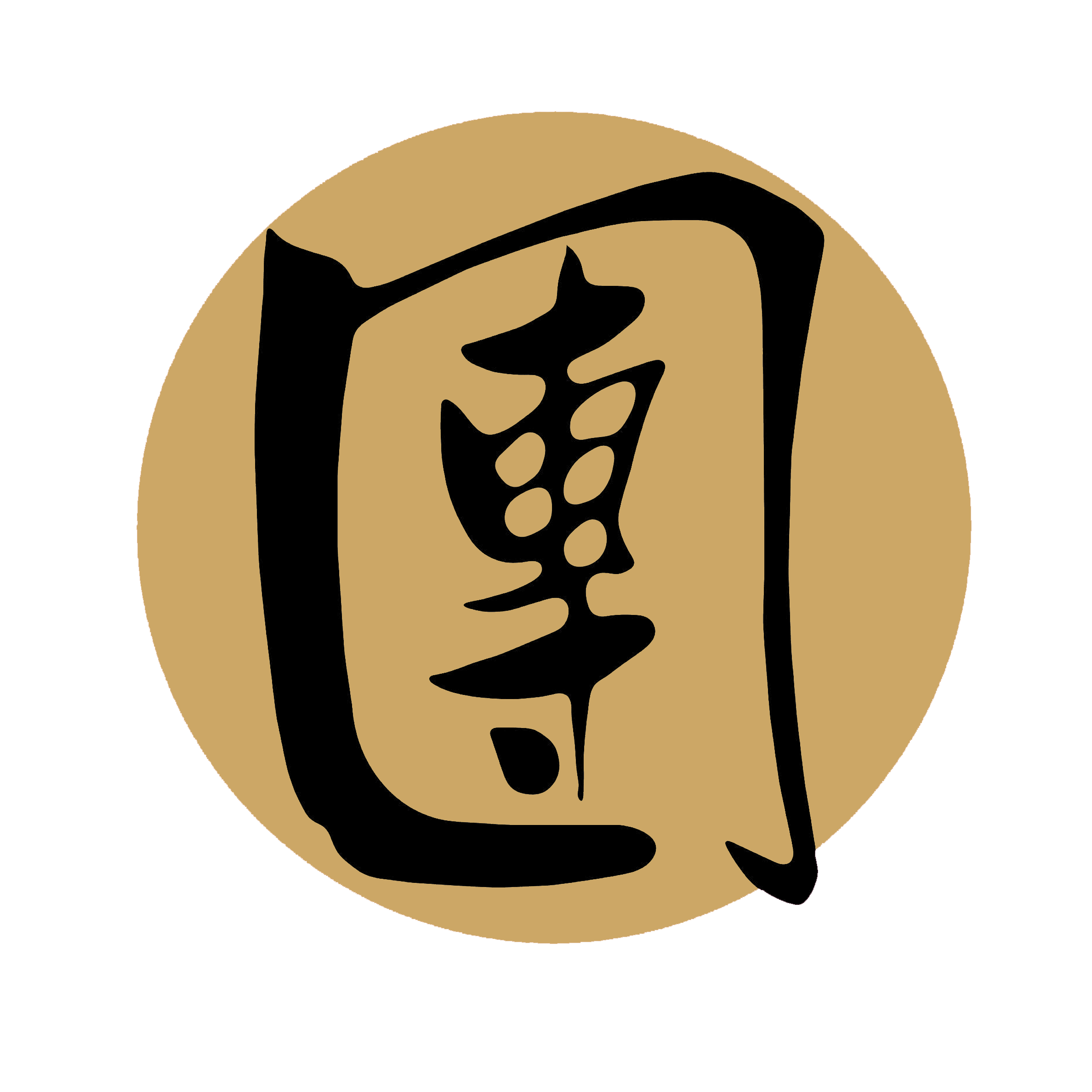36. Hok-jui: Choy Li Fut Kung Fu Techniques
Hok-jui: Unleashing the Power of the Crane Beak Technique in Martial Arts
Hok-jui, also known as the Crane Beak technique, is a powerful and effective striking technique found in various Kung Fu styles. Inspired by the distinctive beak of a crane, Hok-jui combines precision, speed, and targeting to deliver devastating strikes. In this article, we will delve into the mechanics, applications, and training methods of Hok-jui.
The execution of Hok-jui involves a thrusting strike with the tips of the fingers, imitating the piercing action of a crane's beak. The hand is positioned in a specific manner, with the fingers extended and slightly curved, resembling the shape of a crane's beak. This unique hand formation allows for precise targeting of vital areas such as the eyes, throat, or pressure points on the opponent's body.
The Crane Beak technique embodies the grace and agility of the crane, emphasizing speed, accuracy, and timing. Practitioners of Hok-jui focus on developing the ability to strike swiftly and decisively, exploiting the vulnerable areas of their opponents. By mastering the technique, martial artists can deliver powerful strikes with minimal effort, maximizing the impact on their adversaries.
The applications of Hok-jui are diverse and versatile. It can be used both defensively and offensively, depending on the situation. Defensively, Hok-jui enables practitioners to intercept and redirect an opponent's strikes, neutralizing their attacks and creating openings for counterattacks. Offensively, the precise and targeted strikes of Hok-jui can cause significant pain and disruption to the opponent's vital points, debilitating them and creating opportunities for further engagement.
Training in Hok-jui involves a combination of solo drills, partner exercises, and application practice. Practitioners focus on refining their hand positioning, speed, and accuracy through repetitive striking drills. Additionally, partner drills allow for the development of timing, distancing, and adaptability, as practitioners learn to apply Hok-jui in realistic combat scenarios.
Beyond its practical combat applications, Hok-jui holds deeper significance in martial arts. It cultivates mental focus, concentration, and mindfulness as practitioners strive to execute the technique with precision and control. The study of Hok-jui becomes a means of exploring the mind-body connection, promoting a harmonious balance between physical prowess and mental discipline.
Ethical considerations are of utmost importance when practicing Hok-jui or any martial arts technique. Respect, discipline, and self-control are fundamental values that practitioners must uphold. It is crucial to use Hok-jui responsibly and only in appropriate situations, ensuring that the technique is employed for self-defense or controlled training purposes and not for malicious intent or unnecessary harm.
In conclusion, Hok-jui, the Crane Beak technique, embodies the essence of precision, speed, and targeting in martial arts. Its unique hand formation and powerful strikes make it a valuable asset for practitioners. By understanding the mechanics, training methods, and ethical considerations associated with Hok-jui, martial artists can enhance their combat skills, deepen their understanding of martial arts principles, and embody the grace and power of the crane in their practice.

